Search
Remove Ads
Advertisement
Summary 
Loading AI-generated summary based on World History Encyclopedia articles ...
Search Results
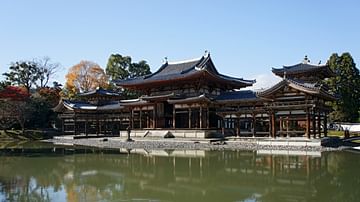
Definition
Heian Period
The Heian Period of Japanese history covers 794 to 1185 CE and saw a great flourishing in Japanese culture from literature to paintings. Government and its administration came to be dominated by the Fujiwara clan who eventually were challenged...

Video
Japan: Cultural History and the Heian Period
John Green describes the Heian period in Japan, lasting from 794CE to 1185CE. The Tale of Genji by Murasaki Shikibu was the classic piece of literature of the day, detailing the elite, aristocratic culture of the Heian period.

Image
Sutra Case from Heian Period Japan
This sutra case was excavated at Hatogamine in Kyoto, Japan. It is made of gilt bronze and dates to the 1116 CE, which was during the Heian period in Japanese history. (Tokyo National Museum)

Video
The Japanese Heian Period: Court Women
This video explains how court women lived during the Heian period in Japan.
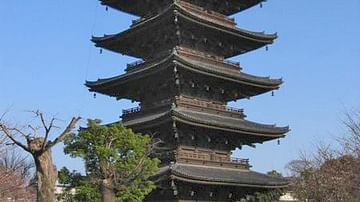
Definition
Heiankyo
Heiankyo (Kyoto), located in the centre of Honshu island, was the capital of Japan for over a thousand years and gave its name to one of the golden ages of Japanese history, the Heian Period (794-1185 CE). Built according to Chinese design...
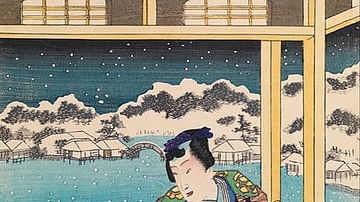
Definition
Tale of Genji
The 'Tale of the Genji' or Genji Monogatari, written in the 11th century CE by Murasaki Shikibu, a court lady, is Japan's oldest novel and possibly the first novel in world literature. The classic of Japanese literature, the work describes...

Video
The History of Premodern Japan: The Heian Period (Part 1)
This lecture details the Heian period of Pre-modern Japan.
By: Kanda University of International Studies.

Video
The History of Premodern Japan: The Heian Period (Part 2)
This lecture is a continuation of (Part 1) on the discussion of the Heian period of pre-modern Japan.
By: Kanda University of International Studies.
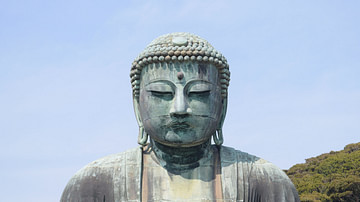
Definition
Kamakura Period
The Kamakura Period or Kamakura Jidai (1185-1333 CE) of medieval Japan began when Minamoto no Yoritomo (1147-1199 CE) defeated the Taira clan at the Battle of Dannoura in 1185 CE. The period is named after Kamakura, a coastal town 48 kilometres...
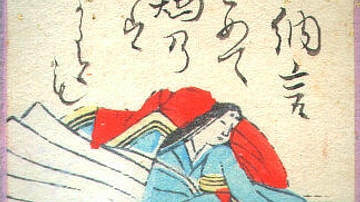
Definition
The Pillow Book
The Pillow Book (Makura no Soshi) is a personalised account of life at the Japanese court by Sei Shonagon which she completed c. 1002 CE during the Heian Period. The book is full of humorous observations (okashi) written in the style of a...